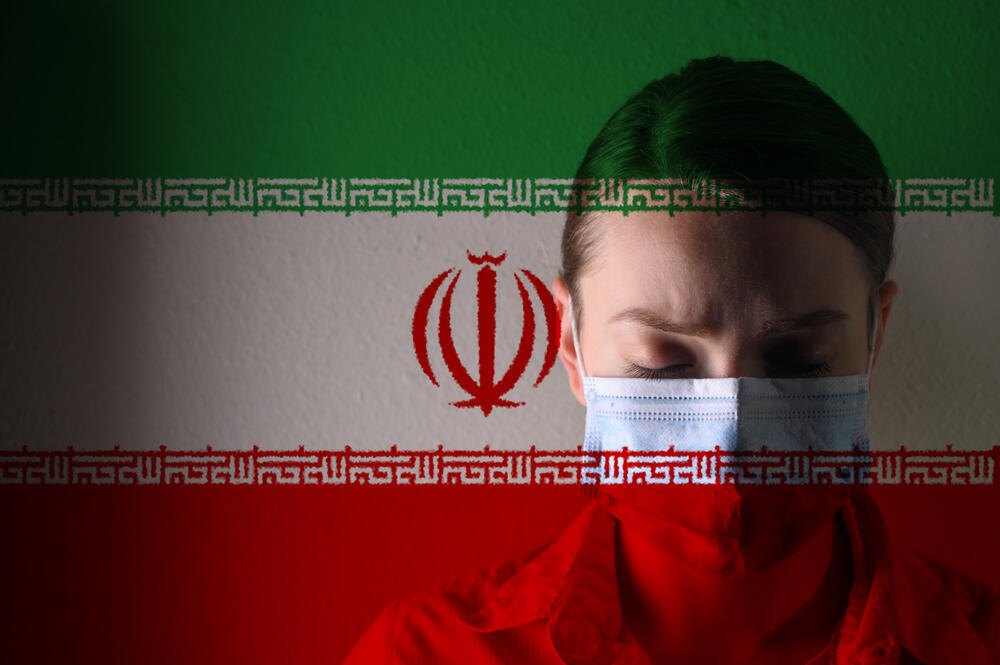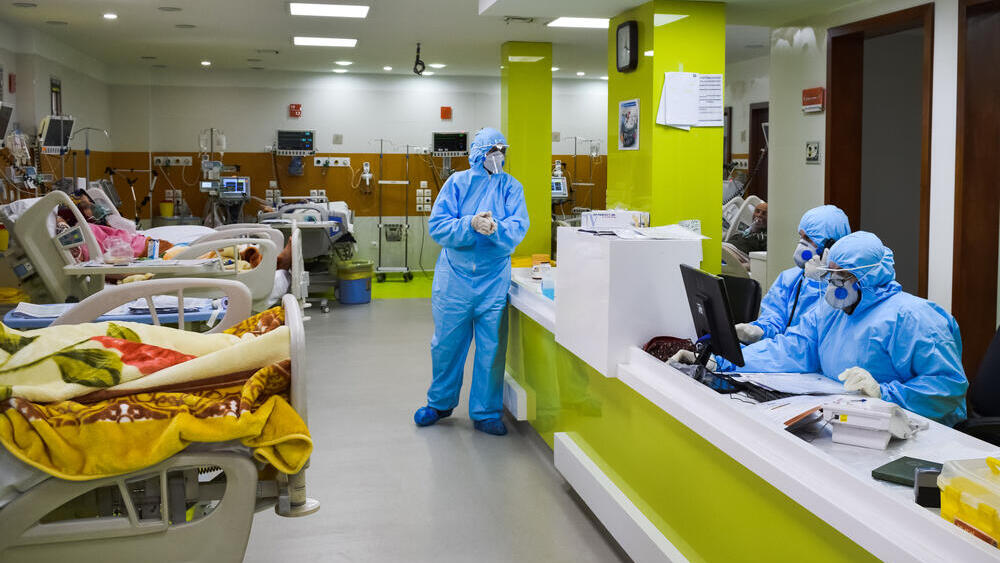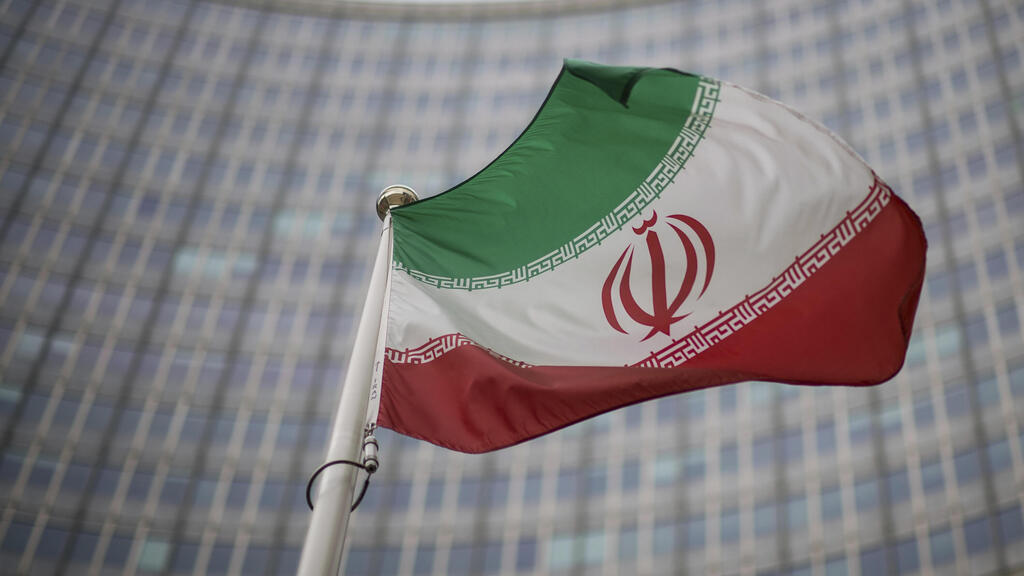Back in April, Dr. Zahra Maleki put an end to her life. Maleki, 28 at the time of her death, worked as a medical resident in the southern Iranian city of Jask, in the Hormozgan province. In social media posts published shortly before her death, Maleki described her struggles as a medical intern, saying she had been assaulted by a patient at the hospital where she worked.
A few days earlier, Dr. Samira Al-Saeedi, a rheumatology specialist and lecturer at the University of Tehran, also committed suicide. Three months ago, Dr. Parastu Bakhshi, a cardiology resident, also took her own life. She was 35 at the time.
The deaths of these three doctors add to a growing list of suicides among physicians and medical residents in the Islamic Republic of Iran, a trend documented by Iran expert Dr. Raz Zimmt, a researcher at Tel Aviv University’s Alliance Center for Iranian Studies.
Iran’s overall suicide rate is still considered low compared to other countries, but the data might not be accurate as it’s based on official Iranian reports. According to World Health Organization (WHO) data, the country’s suicide rate in 2019 stood at 5.2 per 100,000 people (2.8 for women and 7.7 for men). For comparison, suicide rates in the United States sit at 16 per 100,000 people.
 Dr. Raz Zimmt
Dr. Raz ZimmtSuicide rates in Iran are higher in urban areas than in rural ones, with common methods including overdosing on medication and self-immolation. However, the increasing suicide rates among doctors and medical residents in particular point to a rising trend in recent years.
Six months ago, Hamid Yaqubi, head of the Iranian Scientific Society for Suicide Prevention, reported that about 120,000 people attempted suicide in the past year, with over 6,000 succeeding in taking their own lives. He noted suicide rates last year were approximately 51% higher than in 2016–2017.
Recent data published in the Iranian economy newspaper Tejarat News showed that 16 doctors took their own lives in the recent Iranian year ending in March 2024. From the start of the current year (March 21, 2024) until mid-May, at least five more Iranian doctors have committed suicide.
A study conducted by the Iranian Psychological Association found that an average of 13 doctors from an estimated population of 14,000 medical residents commit suicide annually. According to Vahdat Shariat, head of the Iranian Psychiatric Association, studies among residents indicate that 30% of them consider ending their lives.
In an interview with an Iranian news site, Homan Sabati, who heads an Iranian association to promote transparency and fight corruption in the country, said the suicide rate among young doctors in the country is higher than the global average and is increasing.
Mohammad Mirakhani, an advisor to the Medical Council of Iran, warned the number of suicides among doctors and residents in Iran has increased fivefold in recent years. He noted that while suicide rates among doctors in the U.S. are still higher than in Iran, the rate is expected to surpass other countries should the trend continue.
He added the number of suicides among doctors is likely higher than official records indicate, as some families prefer not to report the circumstances of their loved ones' deaths.
Prominent reasons for suicides among medical residents include economic hardships, harsh working conditions, and humiliating treatment by hospital staff. Many residents are forced to work for meager wages, placed in hospitals far from their families and deprived of social rights.
According to Mirakhani, residents often have to work 72-hour shifts and have no opportunity to address personal issues, as the free time they have barely allows them to shower and sleep.
Reports published in Iranian newspapers and on social media following the death of Dr. Parastu Bakhshi indicated that both of her parents passed away shortly after she completed her medical studies in Tehran, causing her to delay the start of her residency by a year. Despite her ensuing depression, Bakhshi received no support from health authorities and was assigned to a hospital in the city of Khorramabad in Lorestan province, far from her home.
Bakhshi suffered harassment from the hospital staff throughout her workdays and had her salary unlawfully cut by half. Due to the challenges she faced, she was transferred to another hospital in the city of Delfan in the same province, where her body was found in her apartment four days later.





